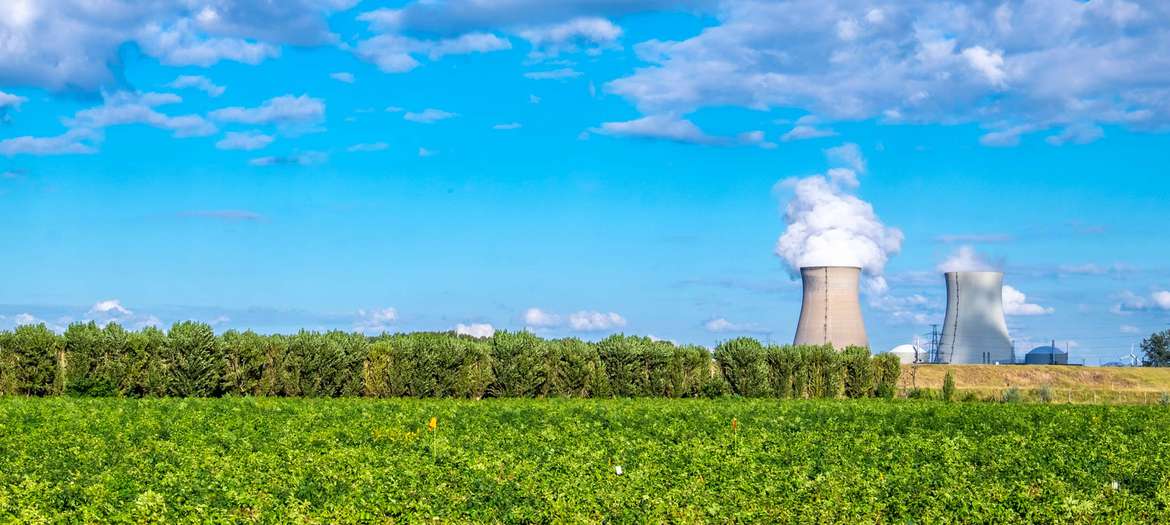In collaboration with the quality department at EagleBurgmann, the people in charge at Electrabel developed precise workflows for the manufacturing of the expansion joints. From the raw materials used to the duration of the vulcanization process, every work step was precisely defined on the basis of customer specifications. The customer checked that the specified work processes were carefully observed during two audits at the EagleBurgmann production plant. “It was very important for us to create transparency. The customer should be able to check the implementation of the standards at any time during production”, says Tony Foncke. Each produced batch is accepted in person by employees from EagleBurgmann as well as the quality manager from Electrabel during a visit to the production plant.
Every single expansion joint is delivered with a comprehensive quality report, a certificate of compliance and numerous other documents which confirm the quality of the product as well as the strict obedience to the stipulated workflows. The person responsible for production guarantees by signature that all specified production processes and parameters are precisely adhered to. The production has recently been relocated from Denmark to Turkey without any drawbacks for the customer.
Application-oriented tests and safety for the power plant personnel
EagleBurgmann performs tests for the expansion joints on special steel devices according to customer specifications. Test procedures such as pressure and bubble tests are used to determine if the components can withstand a given pressure for half an hour. These performance tests are also supervised by employees from Electrabel and Tractebel. Only after they have accepted the test results, the expansion joints are delivered to the power plant. The high quality demands and detailed documentation requirements are reflected in the time required for the individual steps.
While the production itself is completed after two weeks, documentation and quality assurance take up four to six weeks. The product design has also been optimized to facilitate installation. Power plant employees can install the expansion joints on site in the reactor building in the shortest possible time and without any special training. This also reduces the number of people who need access to the nuclear power plant.
Second Belgian nuclear power plant will also be equipped with EPDM expansion joints
By now, Electrabel uses expansion joints made of EPDM 400 NCL in all four reactors of the Doel nuclear power plant. Tony Foncke sees the quality of the delivered products confirmed. “The customer is very satisfied with the expansion joints. The first were installed in 2018, which was two years ago. None of them had to be replaced so far.” The customer has a few spare copies in stock for each type of the expansion joints used and can replace them independently if necessary. Meanwhile, Electrabel is considering the retrofit of the second Belgian nuclear power plant in Tihange, where radiation-resistant expansion joints from EagleBurgmann might also be installed in the near future.
Operating conditions
- Temperature: up to approx. 80 °C
- Pressure: in the millibar range
- Flow medium: air
- Special requirements: radiation resistant for 30 min at 65 rad






